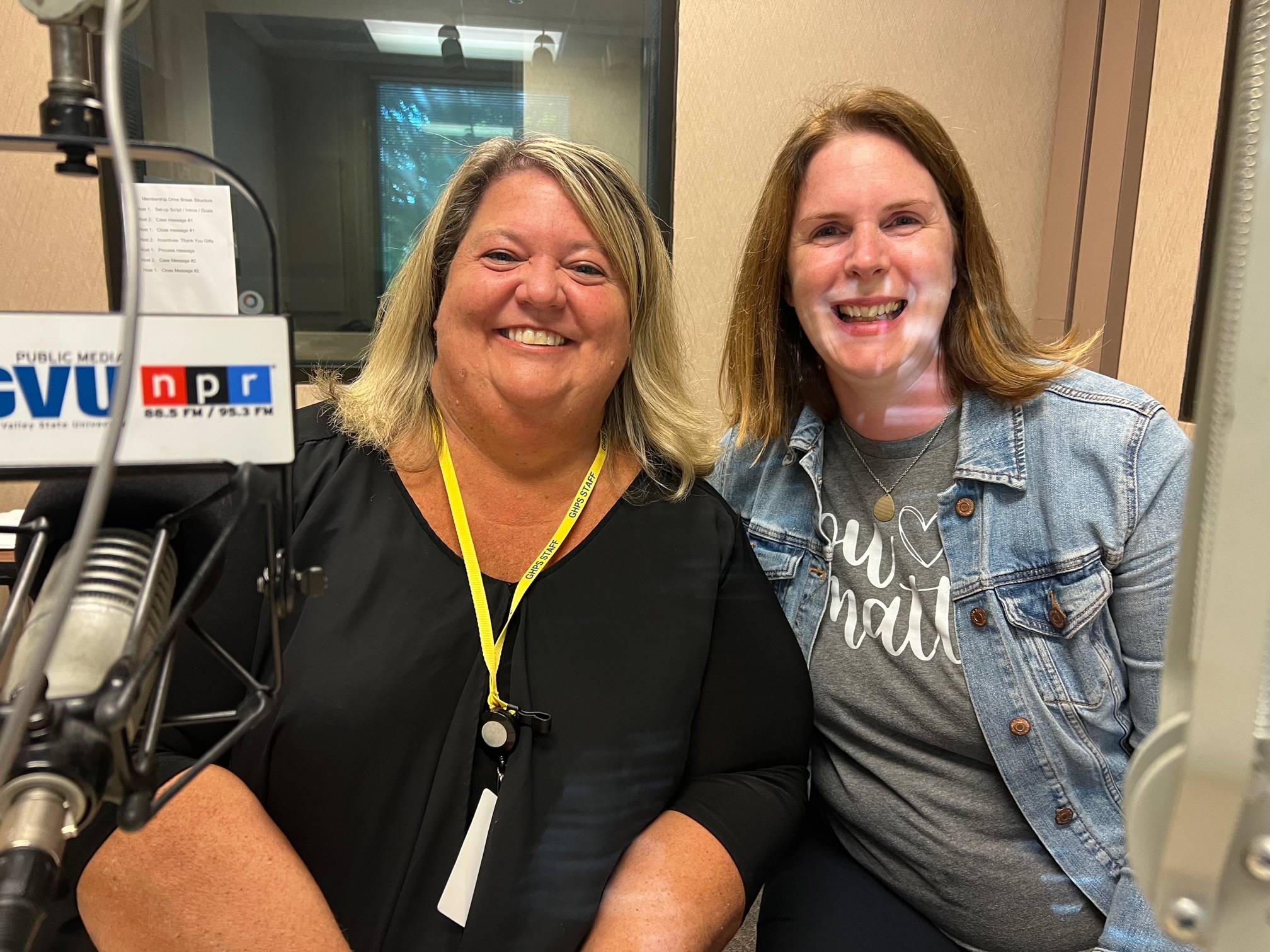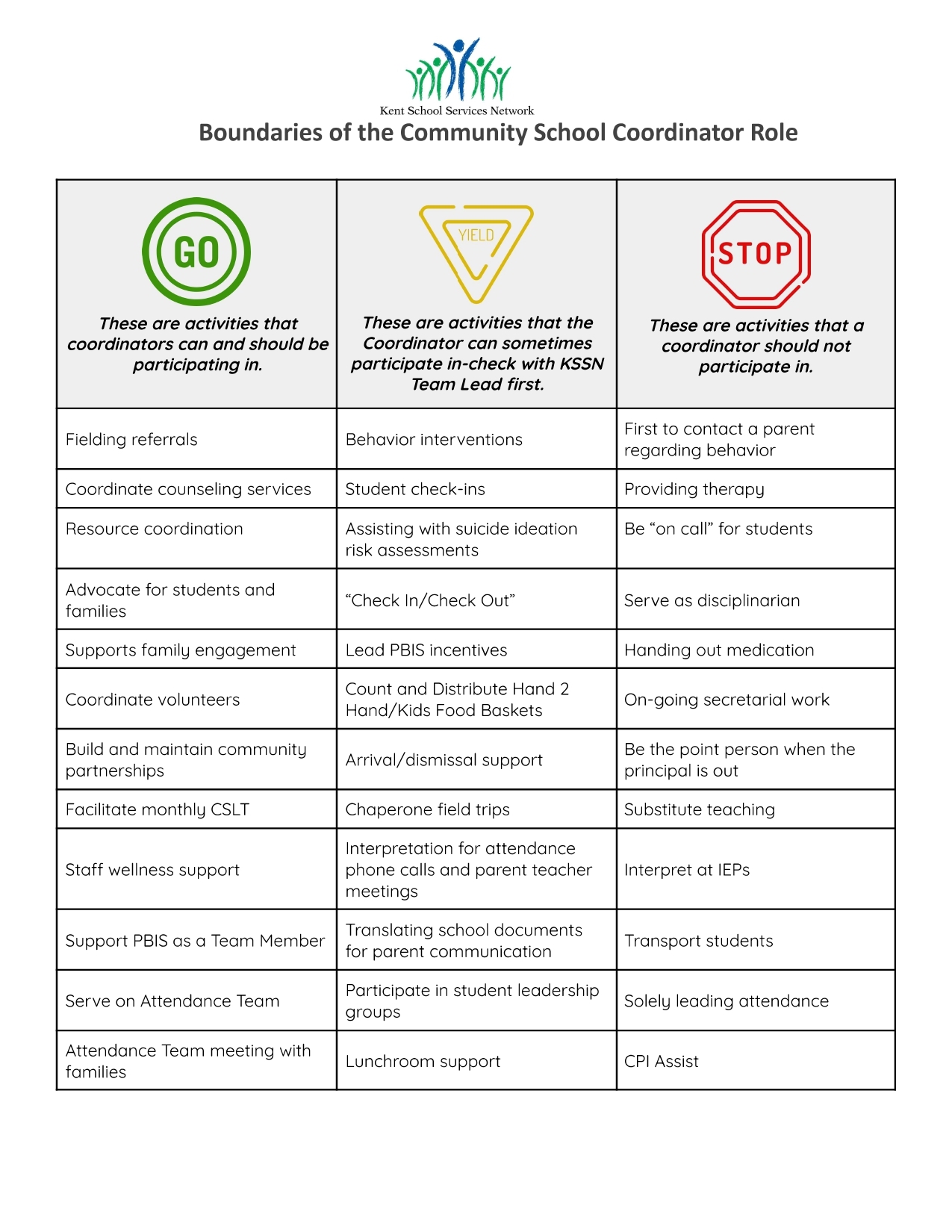COMMUNITY SCHOOL prINCIPAL TOOLKIT FOR SUCCESS
Community Schools are the Hubs of Their Neighborhoods
A community school is both a place and a set of partnerships between the school and other community resources. Using public schools as hubs, community schools bring together many partners to offer a range of supports and opportunities to children, youth, families, and communities.
Community schools look different based on their unique assets and challenges, but they all share a commitment to community and family partnerships to create and implement a shared vision of student and school success.
OUR CORE: THE FOUR PILLARS OF COMMUNITY SCHOOLS
-
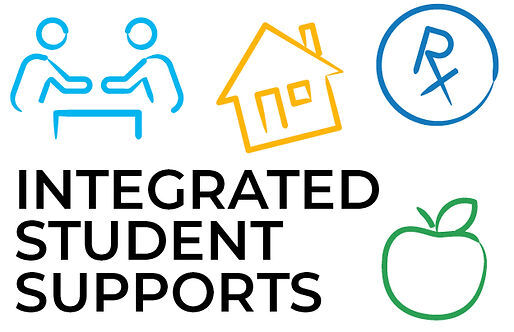 Click to see a larger version
Skip to end of gallery
Skip to start of gallery
Click to see a larger version
Skip to end of gallery
Skip to start of gallery
-
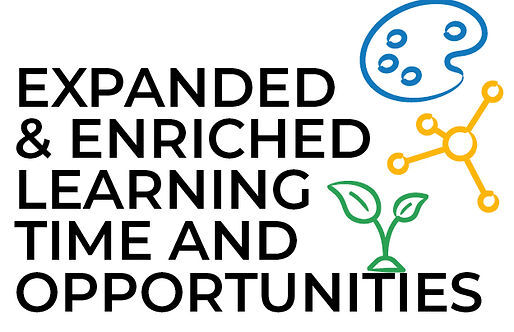 Click to see a larger version
Skip to end of gallery
Skip to start of gallery
Click to see a larger version
Skip to end of gallery
Skip to start of gallery
-
 Click to see a larger version
Skip to end of gallery
Skip to start of gallery
Click to see a larger version
Skip to end of gallery
Skip to start of gallery
-
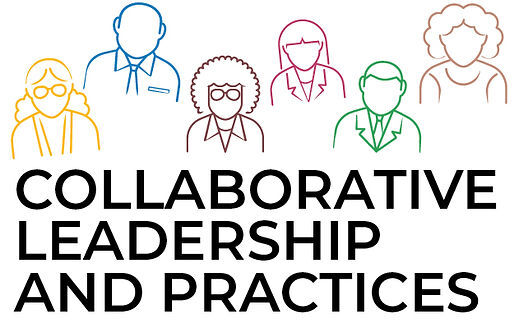 Click to see a larger version
Skip to end of gallery
Skip to start of gallery
Click to see a larger version
Skip to end of gallery
Skip to start of gallery
EXPECTED OUTCOMES
COMMUNITY ENGAGEMENT - Increased number of strategic partnerships formed between the school, faith-based organizations, local businesses, and non-profits.
FAMILY ENGAGEMENT - Family members are empowered to serve as partners — not only in their children's education, but also in school-wide improvement as well.
ATTENDANCE - Decreased truancy, tardiness, and student absences related to health conditions or family function.
BEHAVIOR - Decreased need for behavioral interventions in the school environment.
PHYSICAL, SOCIAL, EMOTIONAL HEALTH - Increased access to physical, mental, and social/emotional health assistance for students, families, and staff.
ACADEMICS - Improved academics and learning.
Guiding Principles
These seven principles guide the community school approach to school transformation. When used in combination with a clear, strong vision for how students, schools, and communities can thrive — these principles provide a solid foundation for the community school strategy.
 PURSUE EQUITY
PURSUE EQUITY
Educational excellence and equity are inseparable. Community schools work actively to identify and confront policies, practices, and cultures that keep students of different backgrounds from achieving outcomes. Community schools proactively and intentionally empower those typically disempowered by barriers to participation.
 INVEST IN A WHOLE-CHILD APPROACH TO EDUCATION
INVEST IN A WHOLE-CHILD APPROACH TO EDUCATION
Meaningful teaching and learning embraces core academic subjects — but it also goes beyond mastery of those subjects. It includes youth development principles such as holding high expectations for all involved as well as developing social-emotional, health, critical thinking, and problem-solving skills.
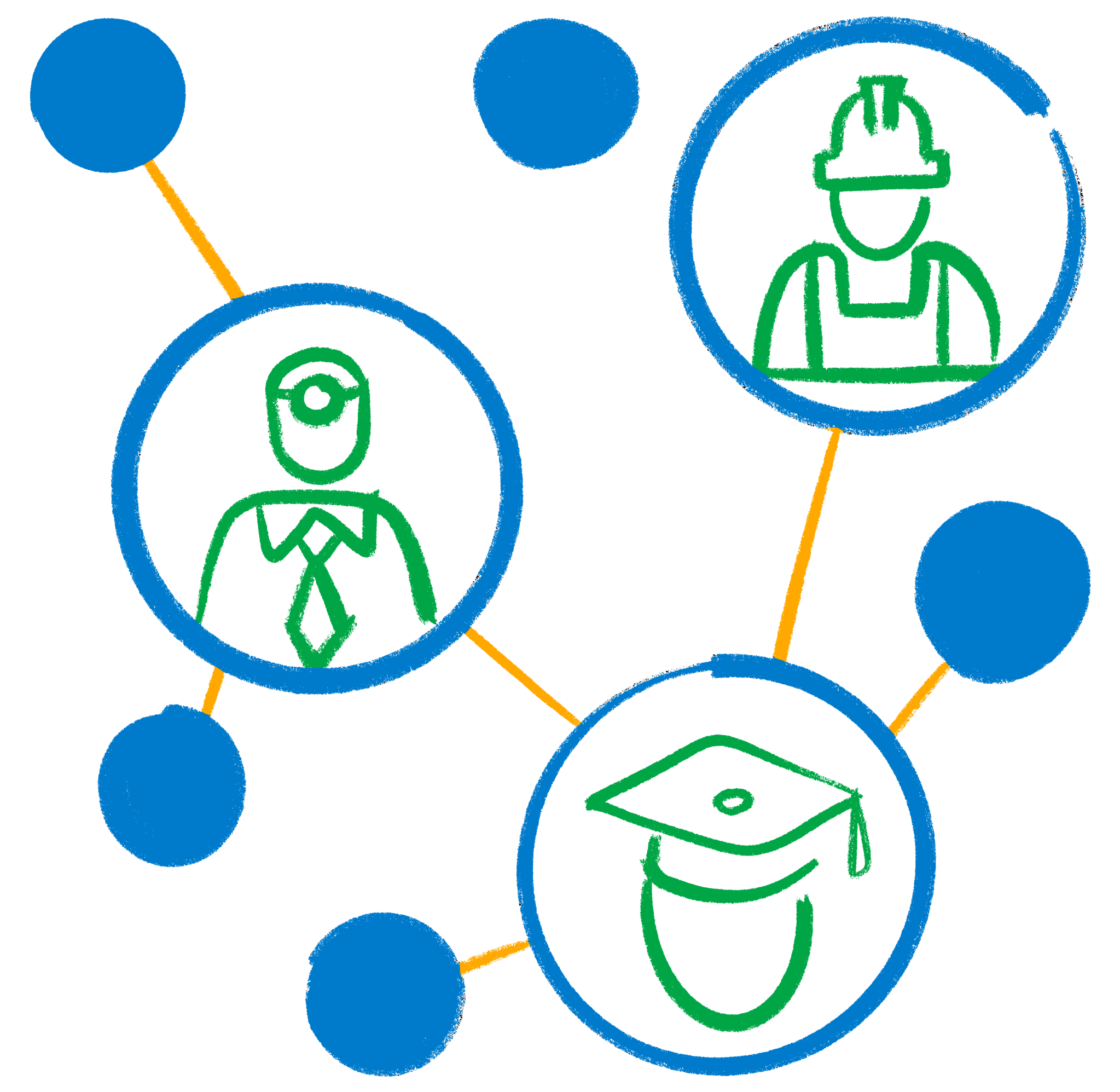 BUILD ON COMMUNITY STRENGTHS TO ENSURE CONDITIONS
BUILD ON COMMUNITY STRENGTHS TO ENSURE CONDITIONS
Community schools utilize the assets of the entire community, including the gifts of those who live and work there — parents, families, and community partners — to create the optimal learning conditions.
 USE DATA AND COMMUNITY WISDOM
USE DATA AND COMMUNITY WISDOM
Reliable and community-specific data, coupled with the wisdom of youth, families, and residents, guides how educators and community partners work together to achieve measurable results.
 COMMIT TO INTERDEPENDENCE AND SHARED ACCOUNTABILITY
COMMIT TO INTERDEPENDENCE AND SHARED ACCOUNTABILITY
Student success requires explicit investment in collaborative planning and implementation between educators and community partners. Mutually agreed upon results and related indicators — as well as written agreements — enable educators and community partners to hold each other accountable.
 INVEST IN BUILDING TRUSTING RELATIONSHIPS
INVEST IN BUILDING TRUSTING RELATIONSHIPS
Deep collaboration takes dedicated effort and time to becomes ingrained in the daily social exchanges within a school community and between the school and the broader community. Trusting relationships fuel school transformation by creating a nurturing, safe, respectful climate where caring adults, families, and students can rely on each other as part of a shared approach to student success.
 FOSTER A LEARNING ORGANIZATION
FOSTER A LEARNING ORGANIZATION
Improved student learning depends on a school community where educators and community partners work together towards continuous improvement. Time and support are available for individual and collective reflection, as well as shared learning and professional development, to facilitate responsiveness to student needs.
Roles essential to community school success
Roles Essential to Community School Success
Community School Coordinator
The Community School Coordinator has six primary responsibilities:
- Facilitates the coordination of school and community resources based on the assets and needs of the school, students, families, and community
- Works hand-in-hand with a supportive principal and is a member of the school leadership team
- Builds relationships with school staff and community partners
- Engages families and community residents in the life of the school
- Coordinates an efficient delivery of supports to students both inside and outside the classroom
- Uses data on academic and non-academic factors to drive the work for a community school
Community School Leadership Team
The Community School Leadership Team is designed to engage stakeholders to focus their resources and energy where the school needs them most — using data to drive the work, specifically focusing on the areas of academics, attendance, behavior, and family engagement.
MEMBERS
- Principal
- Community School Coordinator
- Partners (faith-based organizations, non-profits, business leaders, neighborhood association leaders, business leaders, etc.)
- Family Members and Parent Organization Leaders
- Student potentially
- Teacher potentially
- Pathways to Potential Success Coach
- Health Aid or School Nurse
- Site Team Clinician potentially
- School Support Staff (i.e. counselor, social worker, youth advocate, etc.)
- Site Team Clinician potentially
STRUCTURE
- Monthly meetings held at the school and co-led by principal and community school coordinator
- Present school needs and opportunities for strategic partner engagement — such as assistance with upcoming events, tutor and mentor needs, opportunities for community resource tables at events, requests for uniforms and hygiene products, etc.
- Share school improvements — such as attendance, MAP, M-STEP gains, etc.
- Opportunity for partners to share what is going on in their organizations
Responsibilities for Success
Responsibilities For Success
Each team member plays a vital role in the overall success of the community school as a whole. Below are each member's responsibilities.
Community School Principal
LOGISTICS
- Building access for the coordinator (including summer months)
- Dedicated office space for the coordinator
- Phone line
- Wi-Fi access
- Locking file cabinet
- Willingness to display KSSN signage in building
DATA
- Access to student management system (Synergy, PowerSchool, Infinite Campus)
- Access to school and student data
COLLABORATIVE LEADERSHIP
- Dedicated time on staff meeting agenda for KSSN updates
- Regular meetings with coordinator (bi-weekly at minimum)
- Regular principal participation in Community School Leadership Team meetings
- Principal participation in KSSN professional development throughout the year
- Bi-annual meetings between Principal and KSSN team lead
- Annual participation in coordinator performance evaluations
Community School Coordinator
NETWORK RESPONSIBILITIES
- Attends monthly KSSN meetings and network professional development
- Attends district-provided professional development opportunities
- Meets regularly with Principal (bi-weekly at minimum)
- Meets regularly with KSSN and district team leads
- Completes monthly report and provides copies to Principal and other identified school staff and partners
- Completes data entry in a timely fashion
- Completes annual self-assessment as part of performance evaluation process
INTEGRATED STUDENT SUPPORTS
- Connects students, families and staff to physical, emotional and mental health resources
- Takes the lead on all referrals, connecting students and families to appropriate resources and maintains a spreadsheet/communication system for all referrals
- Communicates regularly with school staff on available resources and trends in referrals (i.e. staff newsletter, staff meetings, etc.)
- Communicates with families regularly regarding availability of resources (i.e. family events, newsletters, Facebook pages, etc.)
- Invites Community Partners to school events to share information about available resources (i.e. orientation, back to school events, parent-teacher conferences, etc.)
- When applicable, facilitates the identification of students, based on school data, for social skills groups and coordinates providers of social skills groups and resources
EXPANDED & ENRICHED LEARNING
- Coordinates enriching afterschool and summer learning opportunities
- Assists families with out of school time activities and enrollment
- Supports tutoring and mentoring programs in the school
- Coordinates and facilitates professional development around youth development principles, social emotional health, and civic learning best practices
COLLABORATIVE LEADERSHIP
- Serves on PBIS and other character education building initiative teams
- Identifies and coordinates partnerships to support tier 1 behavior interventions (i.e. assemblies, incentives, etc.)
- Identifies and coordinates partnerships to support tier 1 attendance interventions (i.e. assemblies, incentives, etc.)
- Participates in weekly attendance team meeting
- Supports tier 2 attendance interventions (i.e. meetings with families, attendance improvement plans, etc.)
- Co-leads monthly Community School Leadership Team (CSLT) with building Principal
ACTIVE FAMILY & COMMUNITY ENGAGEMENT
- Survey families to identify needed classes, workshops, events (annually at minimum)
- Identifies and coordinates with community partners to bring identified classes, workshops, and events for families to the school
- Identifies and supports family leaders in the building (i.e. PTO/PTA leadership, PAL, etc.)
- Supports attendance at parent-teacher conferences (i.e. contacts families, addresses participation barriers, assists with planning, etc.)
- Supports or leads volunteer opportunities for families within the school community
- Supports or leads volunteer/engagement opportunities for community partners within the school community
Kent School Services Network
LOGISTICS/HIRING
- Post job openings in multiple locations and develop partnerships for exposure to increase the pool of qualified bilingual and biocultural applicants
- Review applicants and hold first round interviews with KSSN administration team
- With building Principal — conduct second and third round (if needed) interviews at the school. These interviews could include site team clinicians, school personnel, parents, etc.
- Offer employment to chose candidate and conduct reference checks (with back-office support from HR collaborative)
- Provide compensation and benefits
- Provide comprehensive onboarding of new staff
- Provide laptop and printer (if needed) for community school coordinator
COLLABORATIVE LEADERSHIP
- Provide regular supervision and support for coordinator
- Facilitate ongoing communication with Principal and coordinator
- Provide ongoing professional development opportunities — including but not limited to: mandated reporter, FERPA, HIPAA, Youth Mental Health First Aid — within first 90 days of employment
- Organize and participate in annual performance evaluation process for community school coordinators
- Organize bi-annual meetings with Principal and community school coordinator
- Offer regular professional development opportunities for Principals and school staff (if desired)
DATA
- Provide access to database support and other data collection tools for reporting and evaluation purposes
- Develop a strategic and sustainable fund development plan for the community school coordinators
